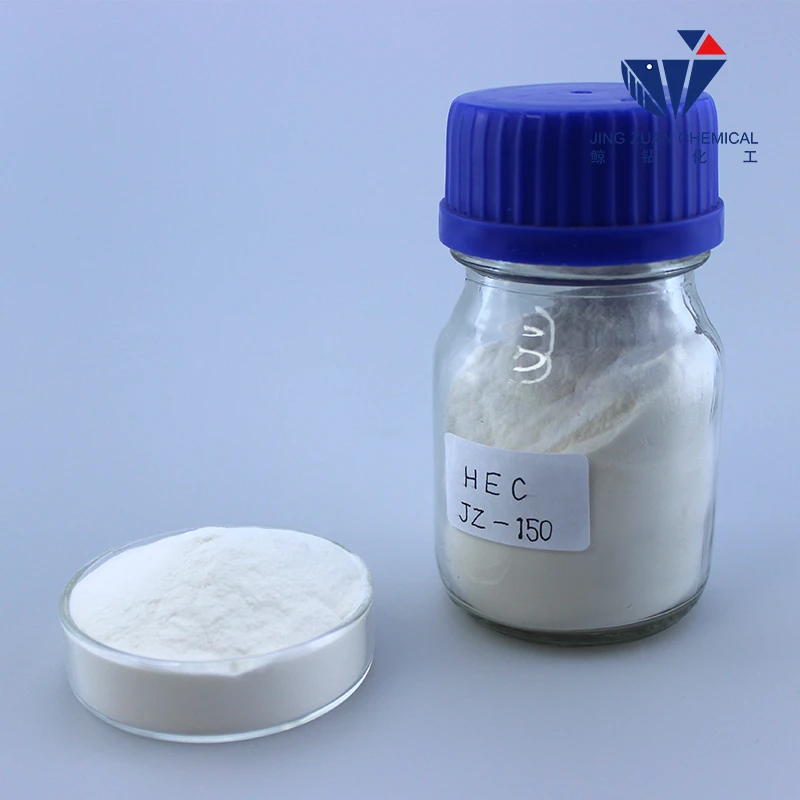
Dec . 11, 2024 11:52 Back to list
hpmc cmc
Exploring HPMC and CMC A Comprehensive Overview of Their Applications and Benefits
Hydroxypropyl Methylcellulose (HPMC) and Carboxymethyl Cellulose (CMC) are two widely used cellulose derivatives in various industries, particularly in food, pharmaceuticals, and cosmetic sectors. Both HPMC and CMC offer unique properties that make them valuable as thickening agents, stabilizers, emulsifiers, and film-forming agents. This article delves into the characteristics, applications, and advantages of HPMC and CMC, highlighting their pivotal roles in enhancing product performance.
Understanding HPMC and CMC
HPMC is a modified cellulose polymer that is soluble in water and has hydrophilic properties. It is obtained by the etherification of cellulose with propylene oxide and methyl chloride. HPMC is commonly used in various formulations due to its ability to form gels and its excellent film-forming capabilities. It is non-toxic and generally recognized as safe (GRAS), making it suitable for food and pharmaceutical applications.
On the other hand, CMC is produced by the carboxymethylation of cellulose. This modification provides CMC with a strong negative charge, imparting unique properties such as high viscosity and increased stabilizing capabilities. Like HPMC, CMC is water-soluble and non-toxic, making it a preferred choice in a range of applications.
Applications of HPMC and CMC
1. Food Industry Both HPMC and CMC are extensively used as food additives. They act as thickening agents, stabilizers, and emulsifiers in various food products, including sauces, dressings, ice creams, and dairy products. HPMC contributes to the texture and creaminess of products, while CMC helps in moisture retention and provides a desirable mouthfeel.
2. Pharmaceuticals In the pharmaceutical industry, HPMC and CMC are valued for their roles in drug formulation. HPMC is often used as a binding agent in tablets, controlling the release of active ingredients, which enhances bioavailability. CMC is important for preparing suspensions and emulsions, providing viscosity and stability to liquid formulations.
.
4. Construction and Building Materials HPMC is commonly employed in construction materials such as tile adhesives, joint compounds, and plasters. It improves workability, enhances adhesion, and increases water retention, leading to better performance of construction materials. CMC, too, is used for similar purposes, providing viscosity and stability to building materials.
hpmc cmc

Benefits of Using HPMC and CMC
The use of HPMC and CMC comes with several advantages
- Non-toxic and Safe Both HPMC and CMC are considered safe for consumption and topical use. This property makes them ideal for use in food and personal care products.
- Versatile Functionality These cellulose derivatives can perform various functions, such as thickening, stabilizing, and emulsifying, allowing formulators to streamline product development.
- Enhanced Shelf Life By acting as stabilizers and thickeners, HPMC and CMC contribute to the improved shelf life of products, reducing the likelihood of separation or sedimentation.
- Improved Texture and Mouthfeel In food applications, HPMC and CMC enhance the texture and sensory experience, making products more appealing to consumers.
- Eco-friendly As natural cellulose derivatives, both HPMC and CMC are biodegradable and environmentally friendly, aligning with the growing consumer demand for sustainable products.
Conclusion
In summary, Hydroxypropyl Methylcellulose and Carboxymethyl Cellulose are two essential cellulose derivatives that play a significant role in various industries due to their versatile properties and applications. From food and pharmaceuticals to cosmetics and construction materials, the benefits of HPMC and CMC are evident in their ability to enhance product performance, safety, and sensory characteristics. As industries continue to innovate, the reliance on these cellulose derivatives is likely to grow, paving the way for further advancements and applications. Their eco-friendly nature and multifunctional benefits make HPMC and CMC valuable assets in developing modern products that meet both consumer demands and sustainability goals.
-
Unlocking the Benefits of HPMC Products: A Gateway to Versatile Applications
NewsAug.07,2025
-
Unleashing the Potential of HPMC Ashland: A Comprehensive Look
NewsAug.07,2025
-
Tile Bonding Cellulose: The Key to Superior Adhesion and Durability
NewsAug.07,2025
-
Hydroxypropyl Methylcellulose Powder: The Versatile Component in Modern Pharmaceuticals
NewsAug.07,2025
-
Hydroxyethyl Cellulose: The Versatile Solution for Various Industries
NewsAug.07,2025
-
Hydroxyethyl Cellulose (HEC): The Versatile Polymer for Various Applications
NewsAug.07,2025







